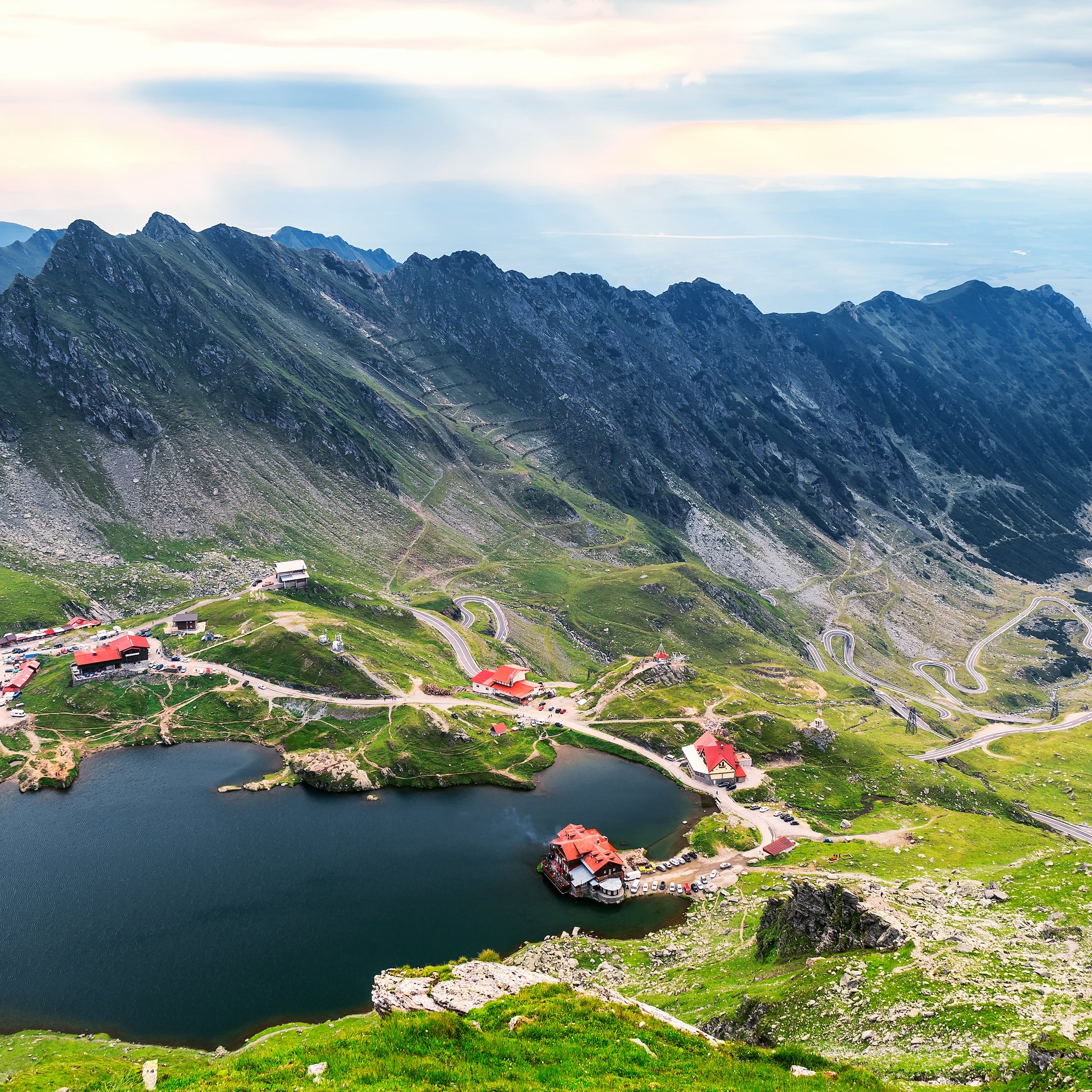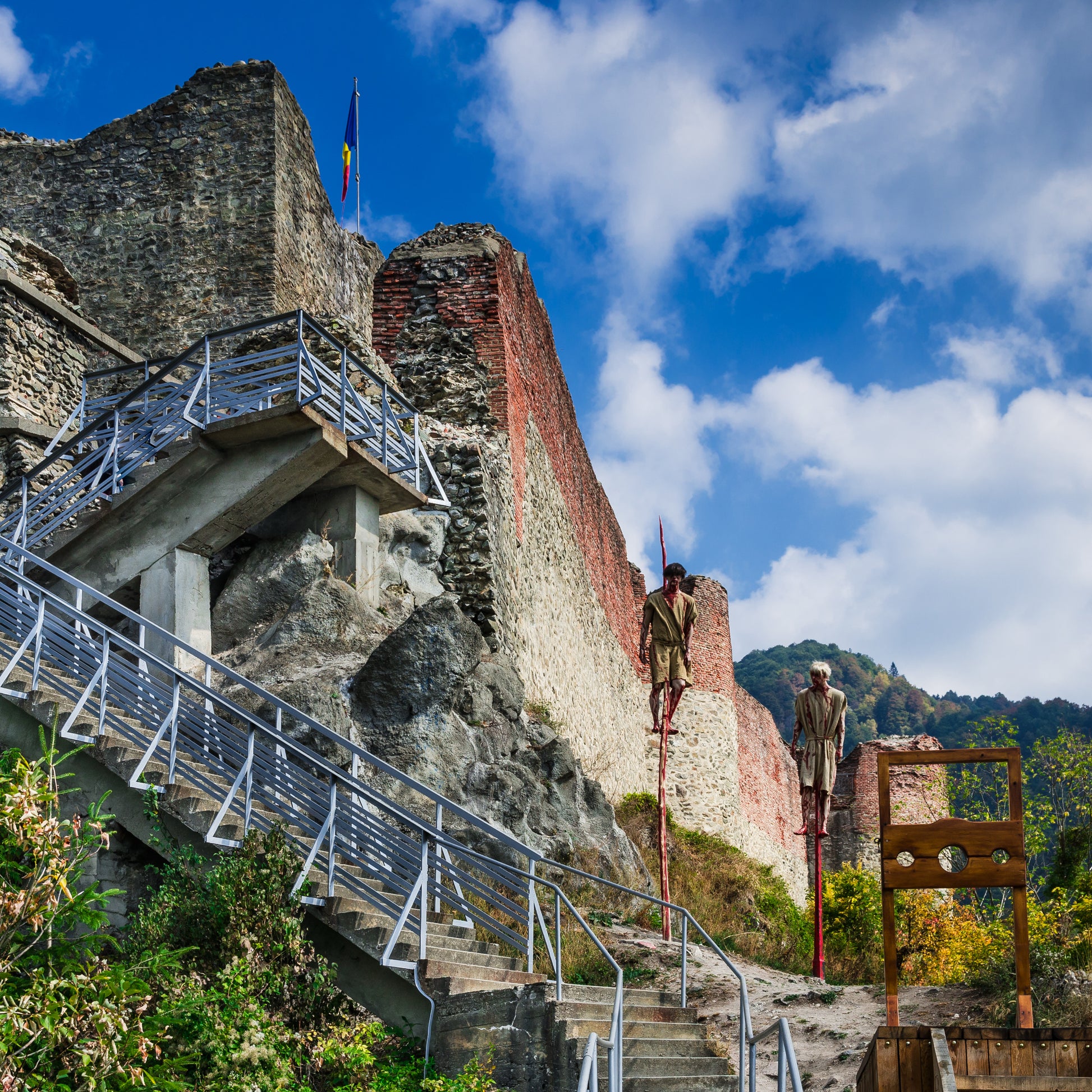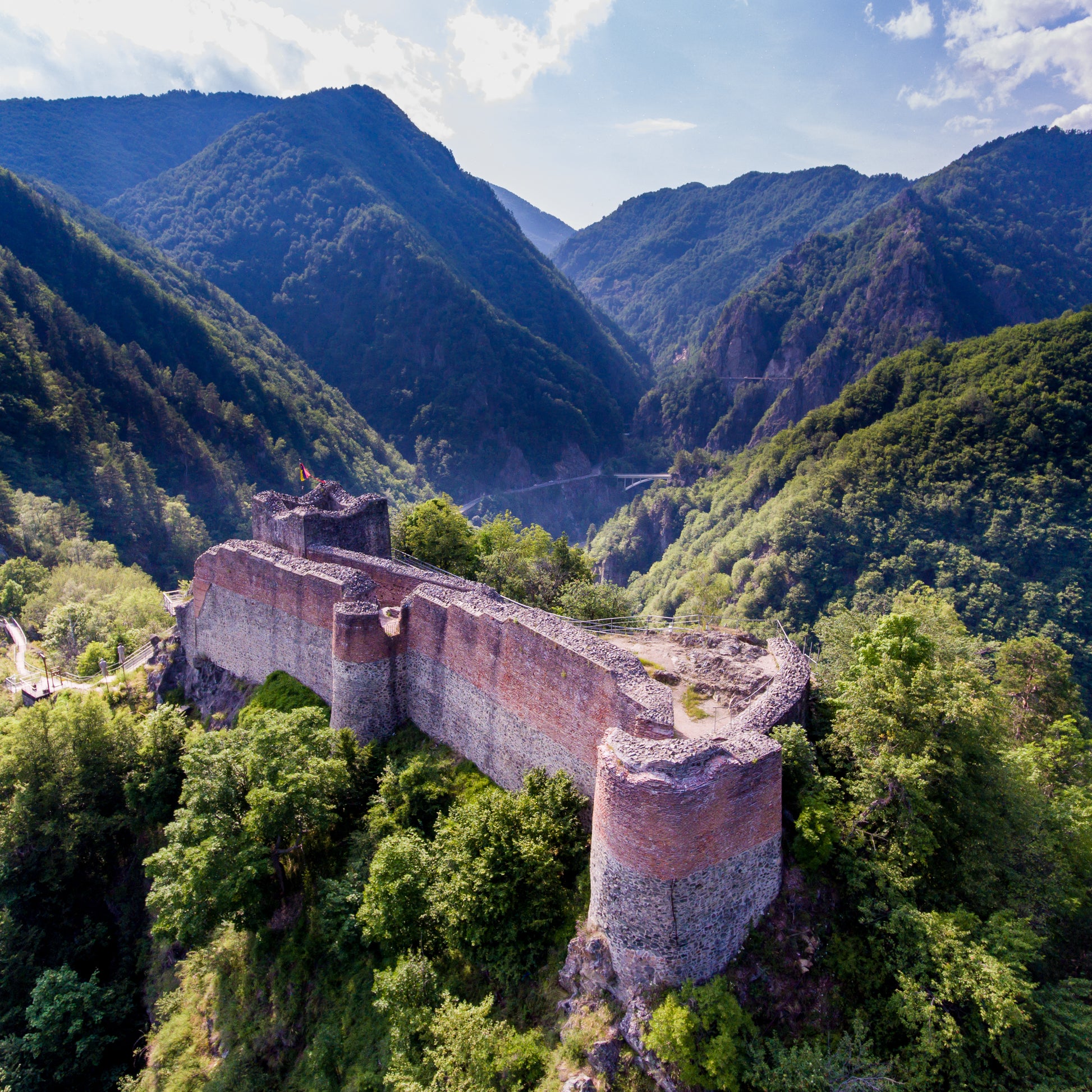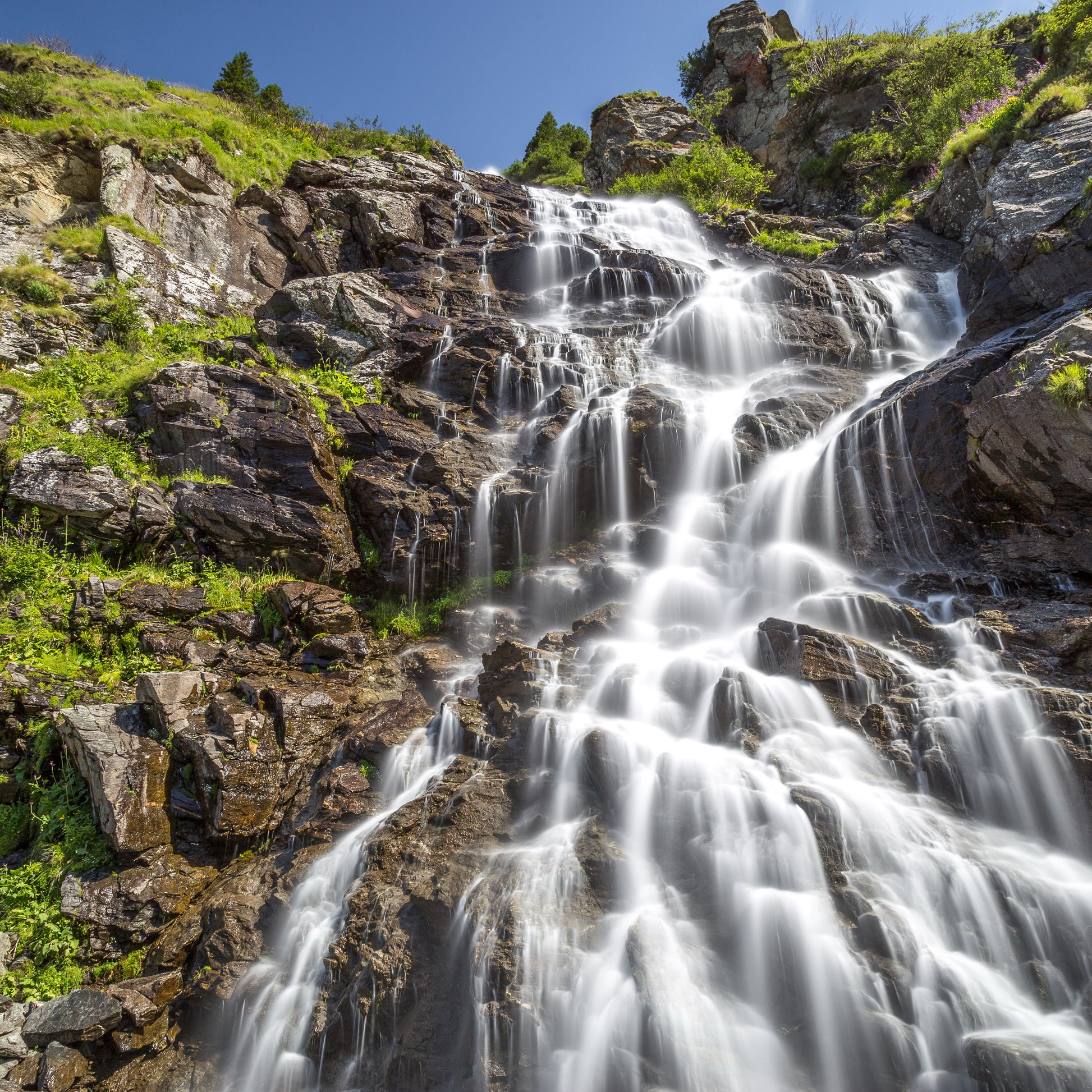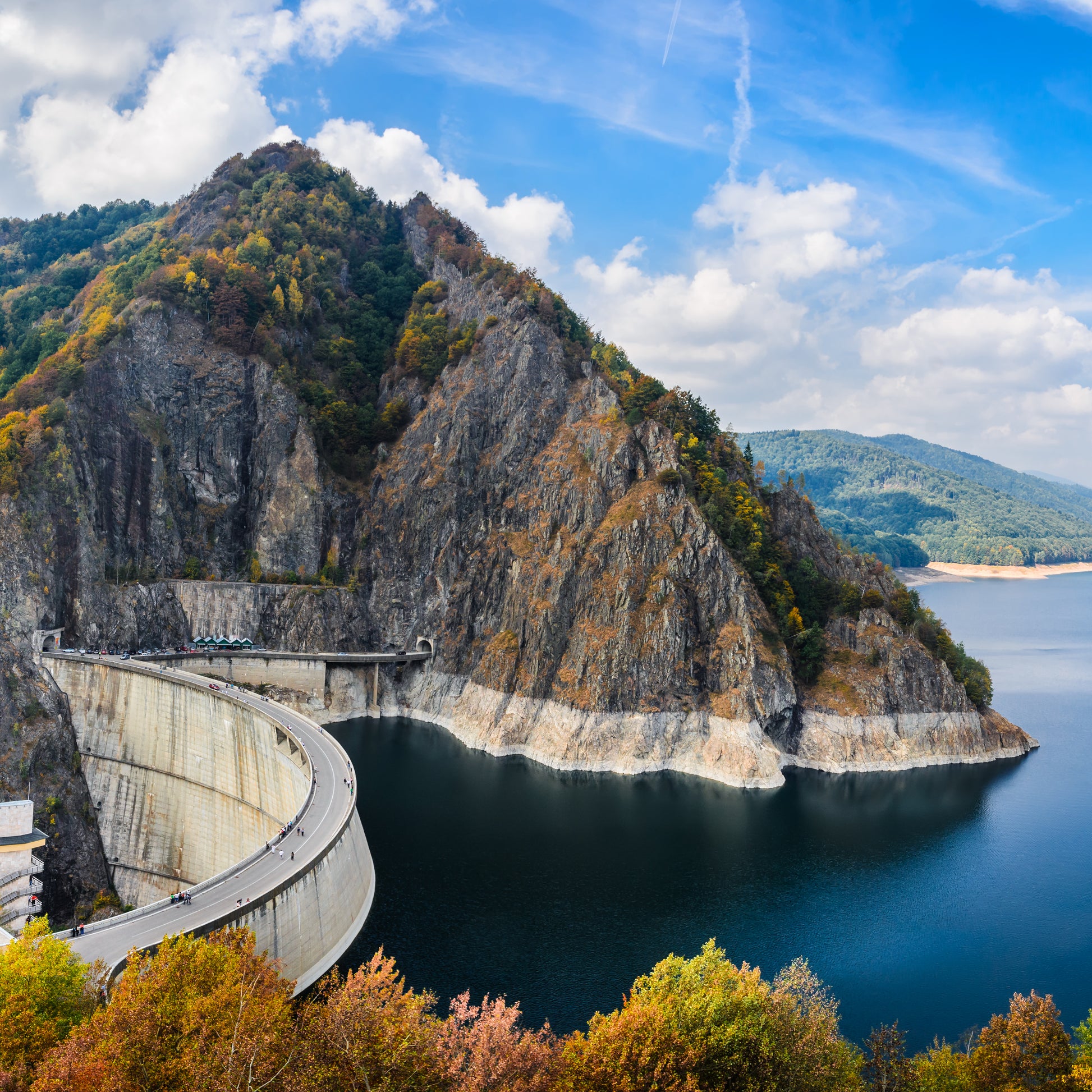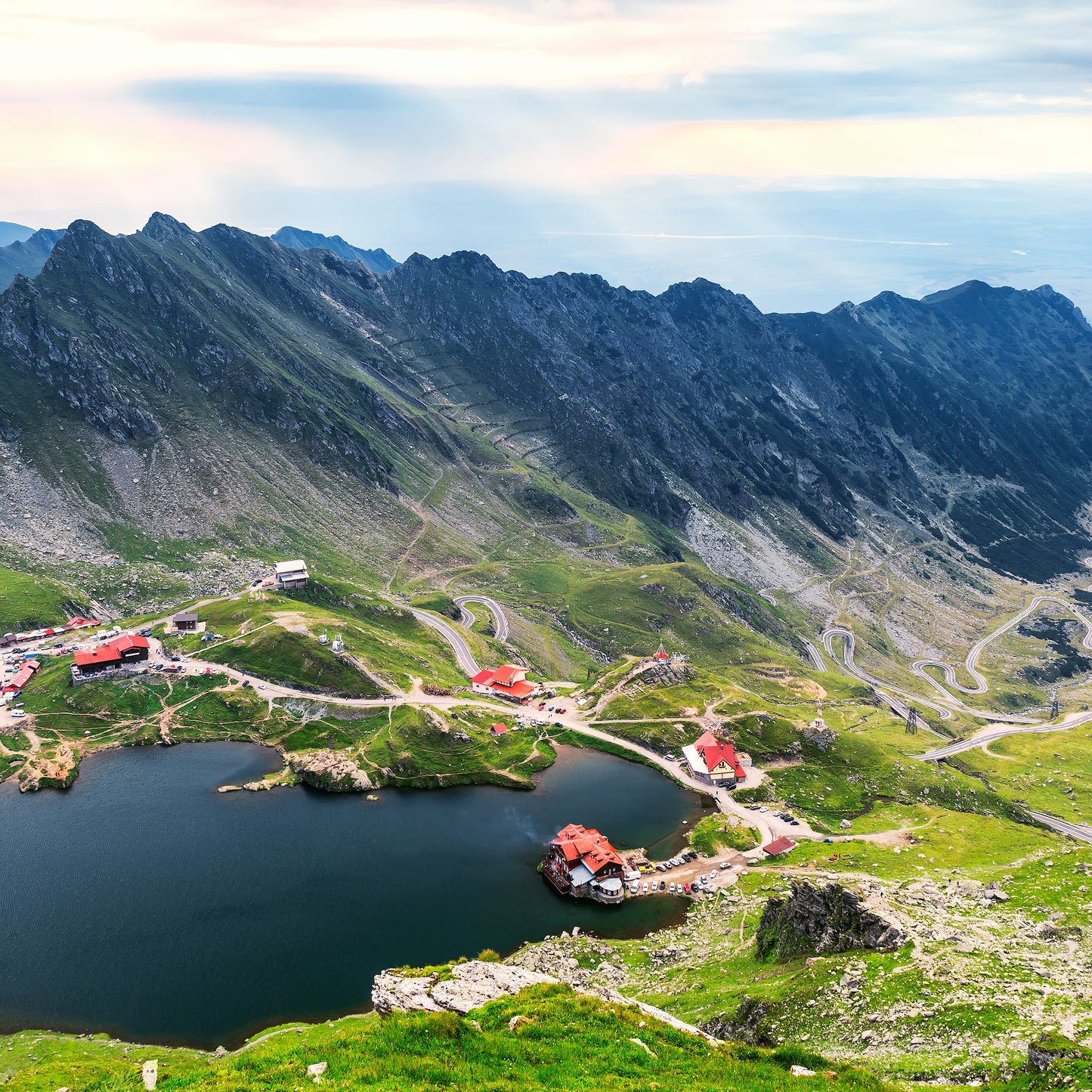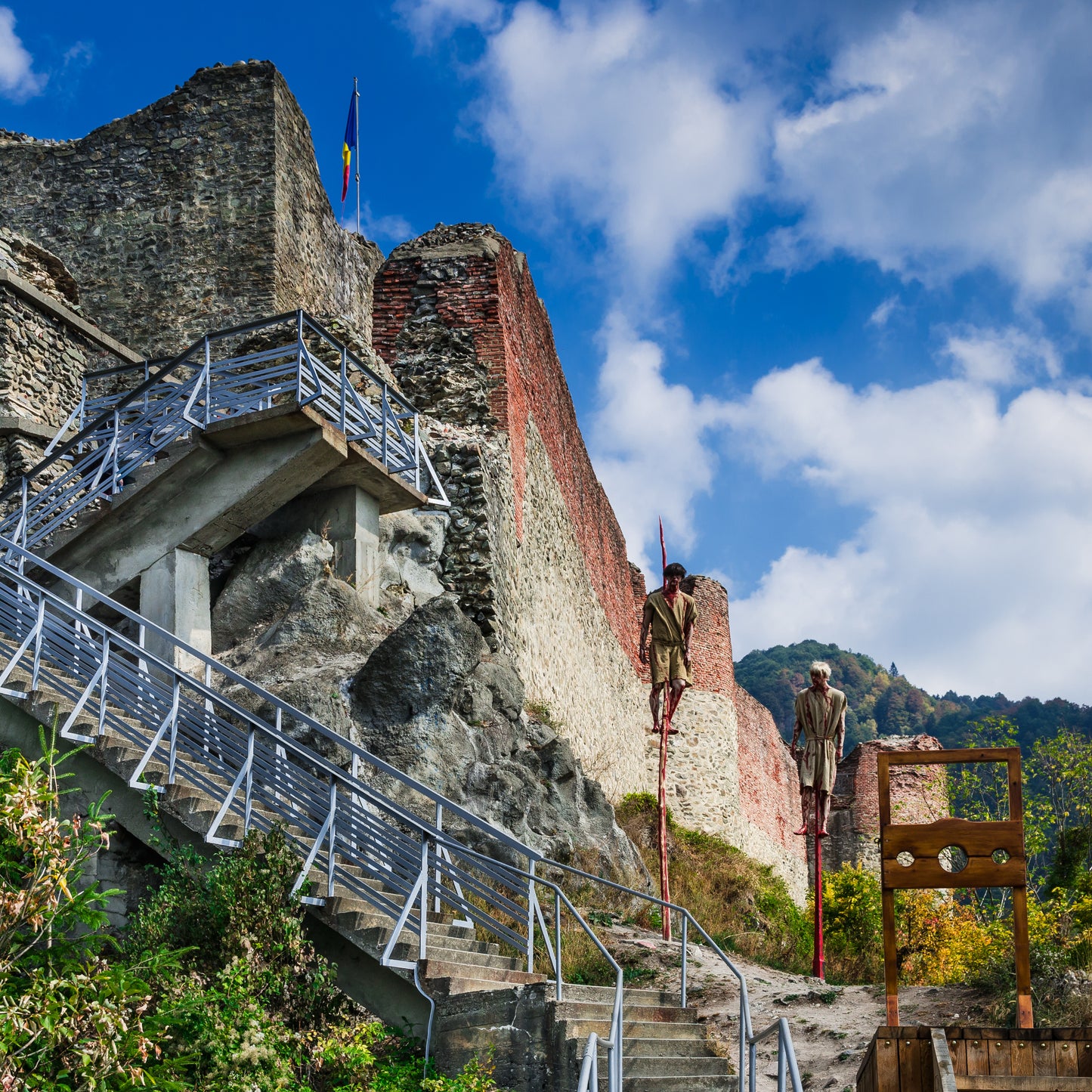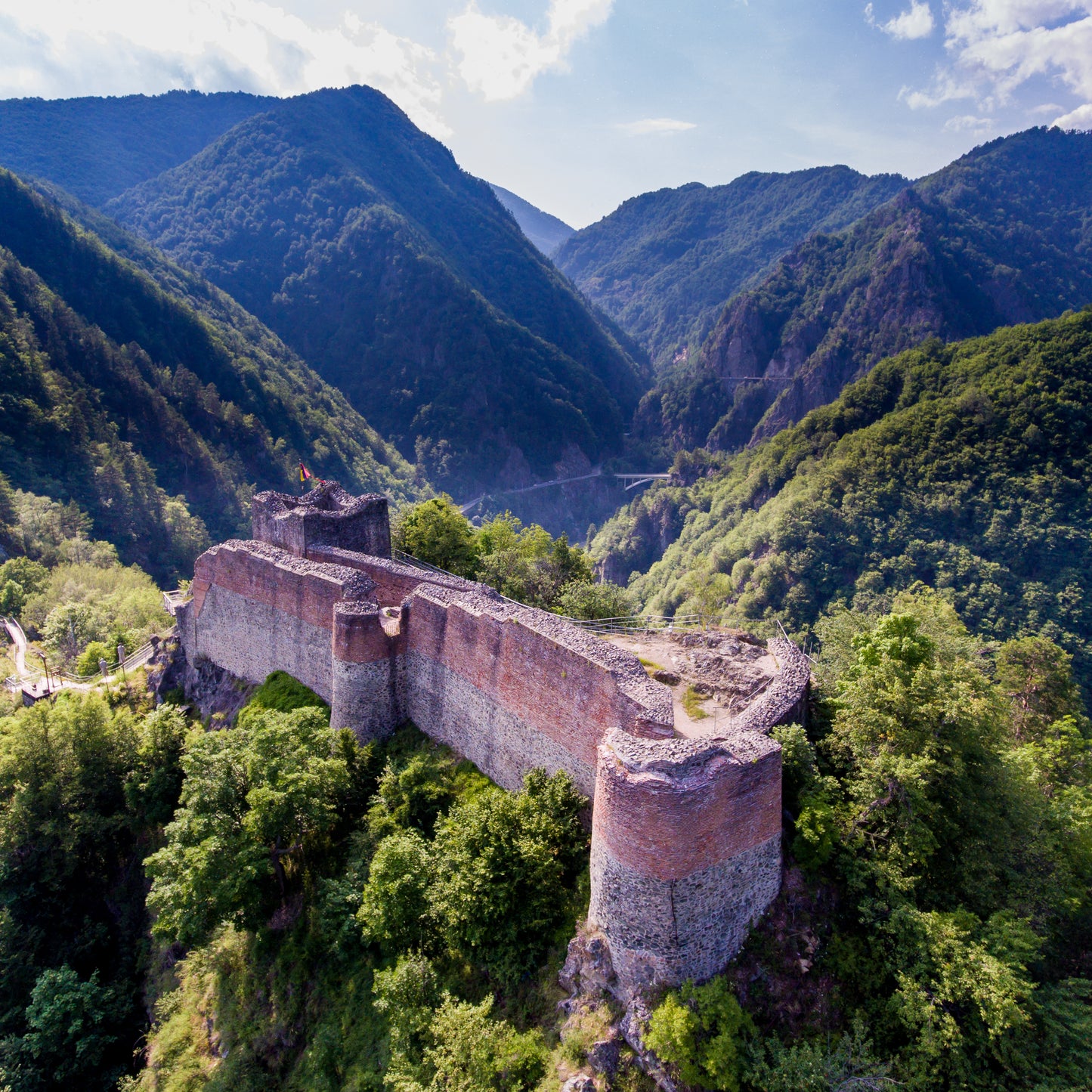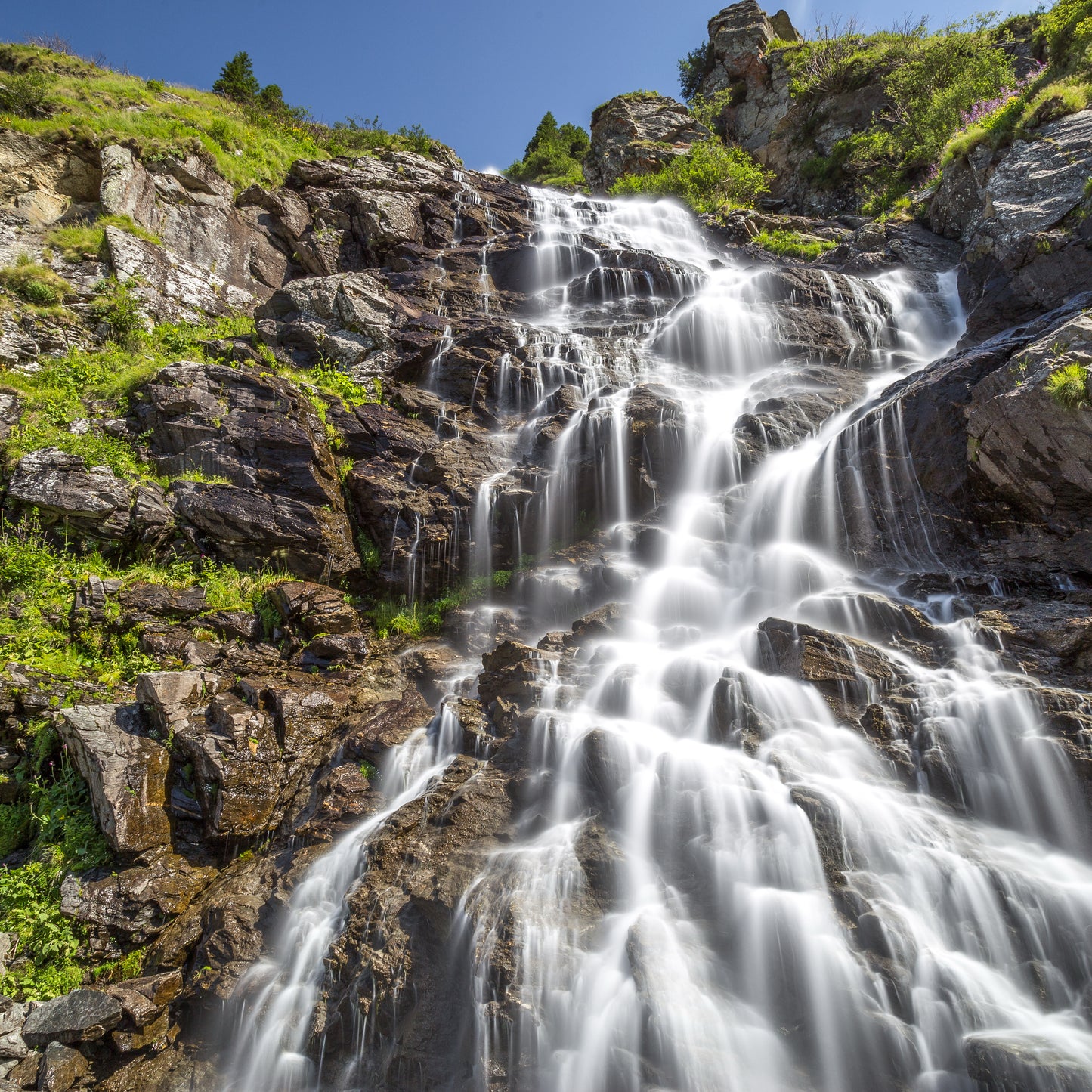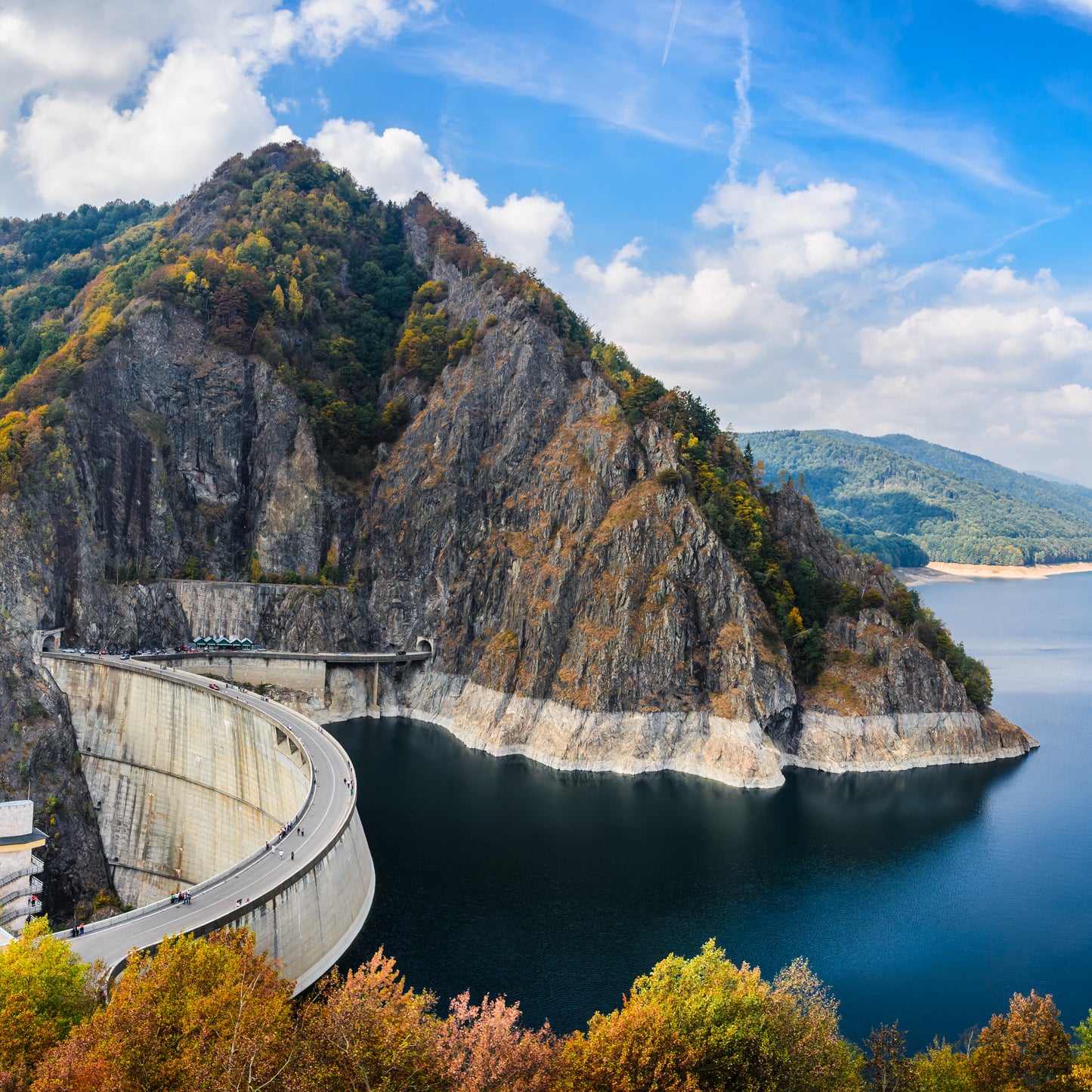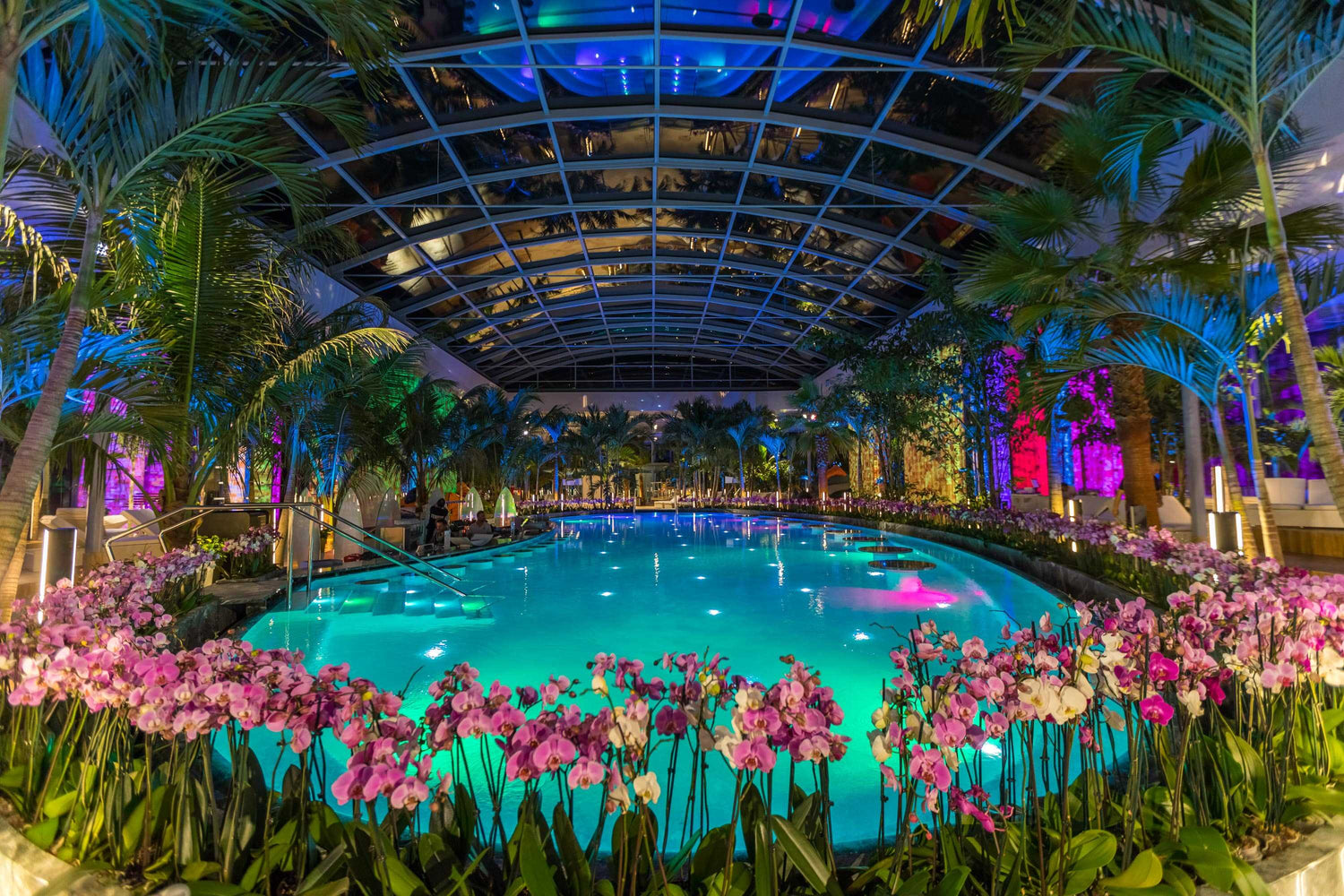Transfagarasan
If we were to name the seven wonders of Romania, Transfagarasan would surely rank in the top five. Rich in history—both medieval, through the connection of Poenari Fortress to the famous tale of the Wallachian Count Dracula (Vlad Țepeș), and more recent, with the imposing Vidraru Dam—this route, built during the communist era and crossing the Făgăraș Mountains, is a true spectacle of nature in every sense of the word.
Considered the most beautiful mountain route in the world by the three adventurers from the british Top Gear Show, it often offers daring visitors unique encounters with the largest mammal in Europe—the famous brown bear.
Highlights
1.Golești Manor – A Journey into Romanian Aristocratic History
Just a few kilometers from Pitești, Golești Manor keeps alive the memory of one of Wallachia’s most influential noble families. Built in the 17th century, this fortified estate impresses with its sober yet elegant architecture and the stories that echo through its walls. A place where culture and patriotism intertwined over time, the manor was not only a noble residence but also a gathering spot for great figures of Romanian history. Today, the open-air museum at Golești offers visitors an authentic journey through the traditions and lifestyle of Romania’s old aristocracy.
2.Poenari Fortress
A refuge for the Valahian Prince.
Perhaps one of the most controversial yet most intriguing stories in the world is that of the Count of Transylvania. Set in a central area of the Carpathian mountain arc, the tale of Dracula is undoubtedly inspired by the life and actions of the Wallachian leader, Vlad The Impaller. This refuge, located at an altitude of 800 meters, stands as a testament to the fascinating history of the young Wallachian prince who stood in the way of Mehmed II—the Conqueror, El Fatih. Some say that if Vlad had not existed, the borders of Europe would be different today.
3.Vidraru Dam The engeniering marvel
As the largest dam in Romania, Vidraru Dam and Lake connect the history of the two communist periods the country went through. Started by Gheorghe Gheorghiu-Dej in 1960 and continued after his death
by Nicolae Ceaușescu, the dam has been operating continuously since its inauguration in 1966. Famous images of this megastructure quickly spread worldwide in its early years, astonishing engineers everywhere.
4.Transfagarasan The spaghetti road
Contrary to much of the information regarding Soviet influence over Romania after World War II, this mountain route was built by Ceaușescu with the goal of connecting the sub-Carpathian region to the intramontane one. After the Soviet invasion of Czechoslovakia in 1968, he saw this road as a strategic military necessity, ensuring that the Romanian Army could cross the mountains with military equipment in just 24 hours in case of a Russian invasion. Ceaușescu’s fears never materialized, but the breathtaking beauty of the road he left as a legacy is undeniable and well-deserved. The efforts behind the construction of the Transfăgărășan (1970–1974) remain etched as scars in the families of those who worked on the site, as well as scratches in the rock shattered by workers at altitudes exceeding 1,800 meters.
5.Balea Lake and the Spaghetti Road
Once you pass beyond the mountain peaks, reaching over 2,000 meters, visitors experience some of the most beautiful views of the so-called Spaghetti Road, along with the natural wonder that is Balea Glacier Lake. The time spent here is unforgettable, offering a journey among the clouds, where the stunning landscapes and serene atmosphere leave a lasting impression.
Your journey can be made with 3 types of cars: for 1 - 3 people a sedan ( ex. Volkswagen Passat or Skoda Octavia), for 1- 4 people an MPV ( ex. Ford Galaxy or Volkswagen Touran) and for 1-7 people a VAN ( ex. Renault Trafic or Mercedes Vito). Please choose from our offer what is the best for you.
Included: Private transportation by air-conditioned car, Pick-up and drop-off at your accommodation; WI-Fi; Phone charger; Bottled water
Not included: Entrance fees at visited sites; Photography & Video fees, Lunch and other personal expenses

